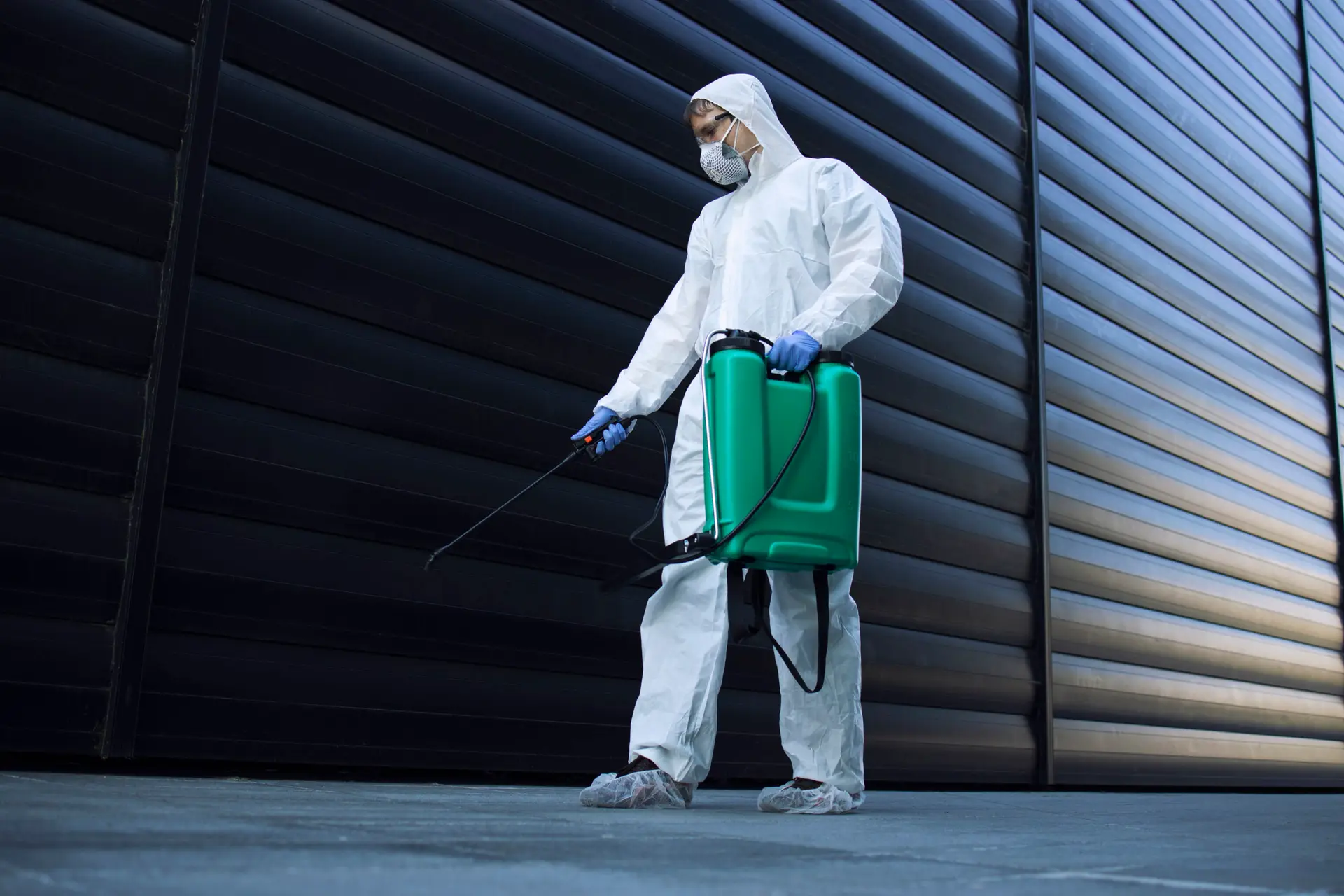
HAZMAT Grand Junction
What Is HAZMAT?
HAZMAT is the acronym for “hazardous materials”. They are substances in forms or quantities that may pose a considerable risk to property, health or the environment. HAZMATs comprise substances like chemical, biological and radioactive agents, nuclear waste products, fuels and toxic chemicals. HAZMATs can be solids, liquids, gases, and even a combination of all three forms. HAZMAT Grand Junction is the place to reach out to when you are looking for effective HAZMAT services.
Types of Hazardous Materials
Hazardous materials can be classified into nine classes. It includes gases, combustible liquids, oxidizing substances, explosives, organic peroxides, infectious substances, miscellaneous hazardous materials, and corrosives.
Class 1: Explosives
This category comprises any materials or items that detonate rapidly or erupt after a chemical reaction. It includes things like fireworks, ammunition, and airbag inflators.
Class 2: Gases
Substances that have a vapor pressure of 300 KPa or greater at 50 degrees Celsius and ones that are gaseous at atomic pressure of 20 degrees belong to this category.
Subsequently, this is broken down into three sub-divisions that include items like compressed gas, aerosols, natural gas, propane, gas cartridges and fire extinguishers.
Class 3: Flammable Liquids
Flammable liquids generally have flashpoints between 60 and 65 degrees Celsius or even lower. They are liquids or liquids that contain solids in solutions. Liquids transported at temperatures above their flashpoints are called flammable liquids.
Some common examples are alcohol, adhesives, paints, acetone, kerosene, gasoline and diesel fuel.
Class 4: Flammable Solids
This class comprises materials that are combustible under common conditions during transport. Self-reactive things that undergo solid desensitized explosions or strong exothermic reactions are included in this category.
The divisions include flammable solids like metal powders, matches, and activated carbon and sodium batteries.
Class 5: Organic Peroxides, Oxidizing Substances
Oxidizers are substances that cause or contribute to combustion by using oxygen as an aftereffect of some chemical reaction. On the contrary, organic peroxides are substances that qualify as hydrogen peroxide. Thus, organic radicals replace one or both hydrogen atoms in a chemical structure.
Chemical nitrates, nitrites, oxygen generators, sodium nitrates, and ammonium nitrate fertilizers are some examples of such hazardous materials.
Class 6: Toxic Substances and Infectious Substances
Toxic substances comprise substances that cause serious harm, injury or even death to humans if swallowed, inhaled or even touched. On the other hand, infectious substances contain pathogens like bacteria, parasites, viruses, fungi and other microorganisms that cause disease in animals and humans.
Biological cultures, biomedical waste, dye, acids, cyanides, arsenic, chloroform, tear gas, biological cultures, and nicotine are some common examples.
Class 7: Radioactive Material
This class comprises materials containing radionuclides. These atoms are subject to radioactive decay due to an unstable nucleus. Therefore, the activity concentration and total activity exceeds predefined values.
Such materials have ionizing radiation, which is very dangerous to human health.
Class 8: Corrosives
Corrosives are substances that degrade or disintegrate other materials on contact through chemical action. Further down, they damage surrounding materials if leaked while in transit, and can cause severe damage to living tissues.
Some examples include acid solutions, acids, dyes, batteries, flux and paints.
Class 9: Miscellaneous Hazardous Materials
There are some hazardous materials that are not included in either of the initial eight categories. Thus, they are classified as miscellaneous hazardous materials. This class includes environmentally hazardous substances that are transported as magnetized materials and at high temperatures.
Some examples include lithium-ion batteries, first aid kits, fuel cell engines, dry ice and vehicles.
HAZMAT Incidents and Its Dangers
HAZMAT spills cause injuries, health problems and even deaths in animals and people. Subsequently, they damage homes, properties, buildings and the environment. Thus, given these consequences, we might conclude that HAZMATs might not occur on a daily basis. However, it can be deadly when it happens.
In fact, many products that we routinely use or store in our homes contain hazardous products.
Additionally, spills in coastal waters cause a great deal of disruption to marine transportation with widespread economic impact.
How Can We Help You?
If you are searching for quality HAZMAT services for your office or residence, look no further. Our HAZMAT Grand Junction team is here to help you through. Additionally, we offer effective Spill Response, Contaminant Removal, and Revegetation round the clock.
Feel free to reach out to HAZMAT Grand Junction at (970) 245-3331 or https://waterdamagegrandjunction.com/ today!
This ECOS Environmental Blog Post was written in 2Q 2022 and supported by the following Government Entities:

